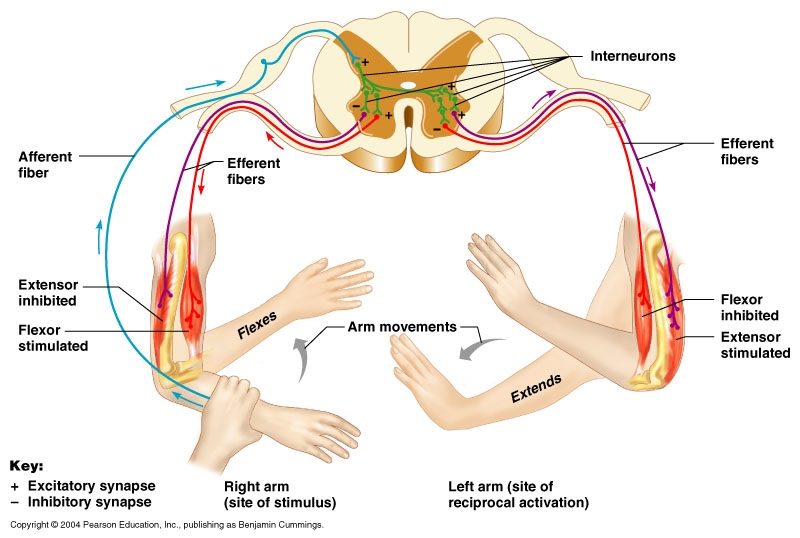The Cheetah man, PART 2: “Bird Dog”, again.
In last week Wednesday’s blog post (link) we discussed the video of this man running amazingly on all 4 limbs at an incredible speed. He was doing it beautifully, most people would have fallen flat on their face after the first leap forward.
As we discussed on that day, and these 2 screenshot photos will prove, there is ipsilateral interference between the foot and hand in this quadrupedal gait. This is diagonal quadrupedal locomotion (QL); the forward moving lower limb is impaired from further forward progression by the posting up (contact) hand of the same side. However, in his case, there is such quick removal of the leading hand/limb that he can advance the ipsilateral foot/leg as far forward as he is able without impediment from the same side hand contact.
As we mentioned in the Bird Dog post last week, (see photo of lady on yoga mat above) the contralateral upper limb will be in the opposite phase of the contralateral lower limb. ie when the left lower limb is in extension, the right upper limb will be in flexion (this is the classic Bird Dog position).
In last weeks blog post (see photos above), the opposite is clearly happening. One can see in the first photo that bird dog is clearly not helping to train a gait pattern, and that is ok, it has other values at times. Rather, in this first photo we see left hip extension and right shoulder extension, just as we see in the baby photo. This contradicts Bird Dog but this does support bipedal gait patterns. Think about gait. Your right leg and left arm flex until about midstance, when they start to transition into extension; the left leg and right arm are doing the opposite. At no point are the arm and opposite leg opposing one another as in Bird Dog.
As Ivo would say , “if you look at it neurologically, it is a crossed extensor reflex. It is very similar to a protective reflex called the “flexor reflex” or “flexor reflex afferent”.
The principles remain intact.
More critical thinking today. Hope you enjoyed.
Shawn and Ivo,
The gait guys


























